LEGO Architecture meets BIM – Part 29: Construction Reality

Introduction
Throughout this blog series we have discussed some of the many benefits of a BIM approach. Of course there are more than this blog series will cover but the aim of the series has always been to show how BIM can be applied to anything, even a child’s toy, if you really want to embrace a BIM process.
For every construction project though there is a key goal to achieve, irrespective of whether BIM is applied, which is to actually build what has been designed. The key difference is that with BIM we have already built it in a virtual environment first. This means mistakes and issues are less costly compared to making those same mistakes on the construction site.
Construction Reality
So even for this virtual project we need to be able to build the virtual model in reality. In this case though the real construction is actually the LEGO model itself!!!
So here are some pictures of the constructed LEGO set with the 3D print sat alongside for comparison.
No series on LEGO would be complete without actual LEGO!
Note: Once again thanks to my colleague Phil Grayston for the photography of the images with the construction and 3D print.
Image: Construction and 3D print 01 (click to enlarge)
Image: Construction and 3D print 02 (click to enlarge)
Image: Construction and 3D print 03 (click to enlarge)
Image: Construction and 3D print 04 (click to enlarge)
Image: Construction and 3D print 05 (click to enlarge)
Image: Construction and 3D print 06 (click to enlarge)
Image: Construction and 3D print 07 (click to enlarge)
Image: Construction and 3D print 08 (click to enlarge)
Image: Construction 09 (click to enlarge)
Image: Construction 10 (click to enlarge)
Image: Construction 11 (click to enlarge)
Image: Construction 12 (click to enlarge)
Conclusion
The simple idea of producing Building Information Models is the idea we can build twice, once virtually and once for real. It’s a lot cheaper to make mistakes digitally than in reality! With LEGO we know before we start to build our sets that its all going to work (subject to us not making mistakes reading the instructions of course!) and fit perfectly into place. There will be little or no waste and even if we lose a piece we know its easy to order a new one from the data provided.
Note: with this project we actually built the scheme 3 times as we also have the 3D printed version!
Construction, although far more complex than a LEGO set, really aims to embrace BIM to deliver some of this simplicity of process delivery. Our industry has a long way to go to deliver assets (buildings or infrastructure) effectively, efficiently, without errors, safer, on time and on budget every single time. BIM can’t solve everything but hopefully some of this series helps other understands why the industry needs to embrace digital change to make our outputs and ultimately outcomes better for our clients.
Rob Jackson, Associate Director, Bond Bryan Digital
Terms and conditions
All content provided on this BIM Blog is for informational purposes only. The owner of this blog makes no representations as to the accuracy or completeness of any information on this site or found by following any link on this site. Bond Bryan Architects will not be liable for any errors or omissions in this information nor for the availability of this information. Bond Bryan Architects will not be liable for any losses, injuries, or damages from the display or use of this information.
We are happy for others to share our blog pieces through all social media platforms. You may include links to the original blog pieces and use part of the blog to then provide a link to the original content. However we would appreciate it if the content is not reproduced in full on other sites or publications without written consent being granted by Bond Bryan Architects.
This policy is subject to change at any time.
LEGO and the Lego logo are trademarks of the LEGO Group. Any trademarks, service marks, product names, corporate names or named features are assumed to be the property of their respective owners, and are used only for reference, without intent to infringe.
















